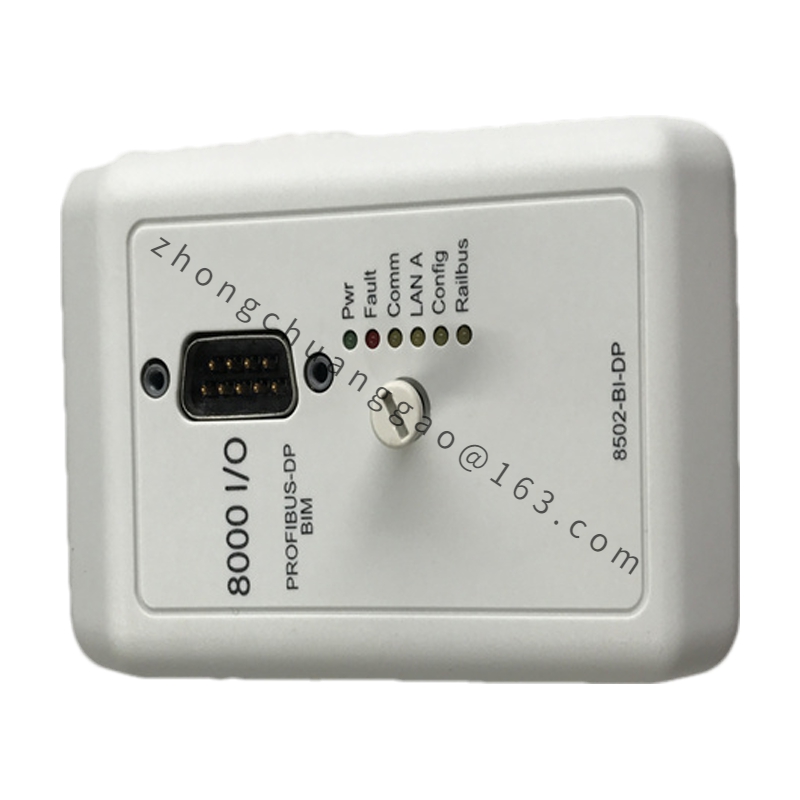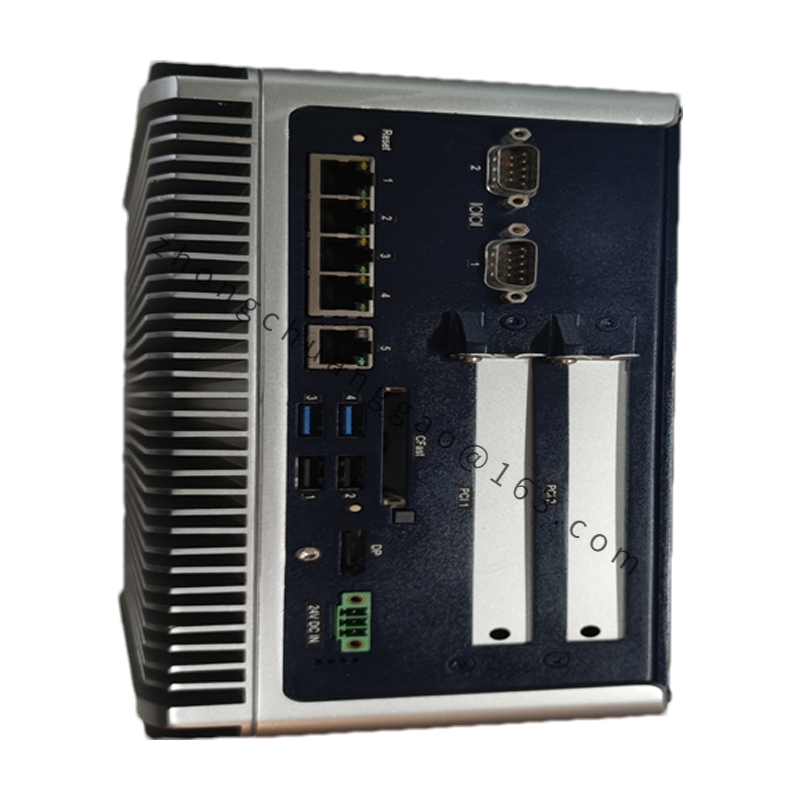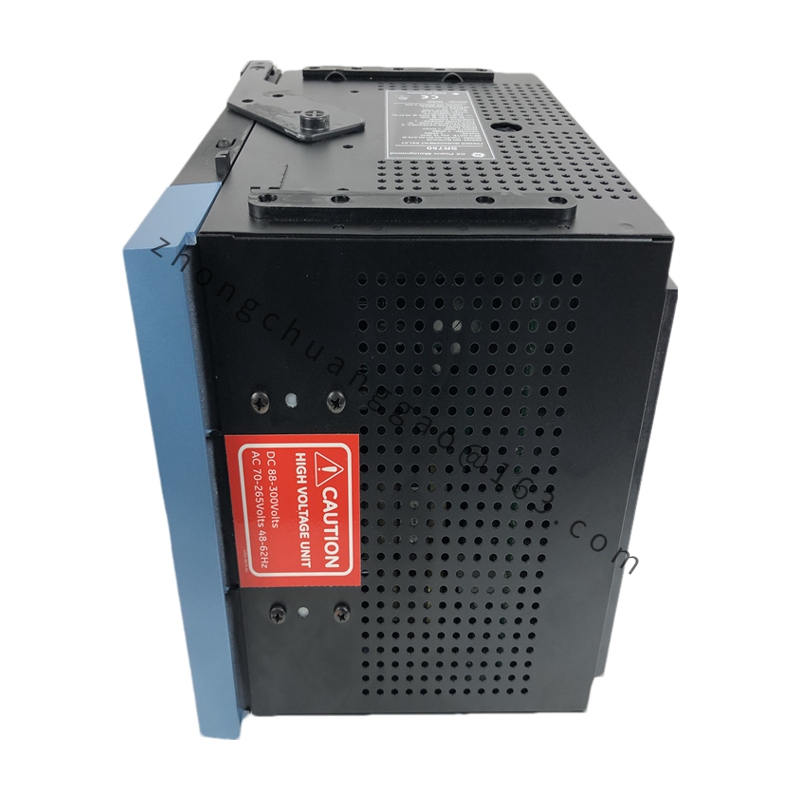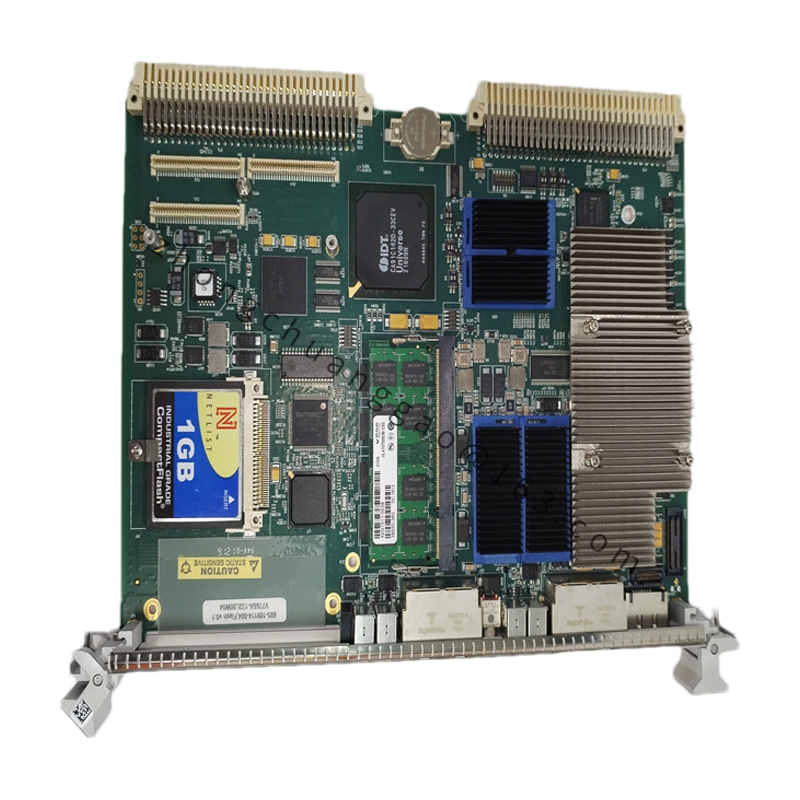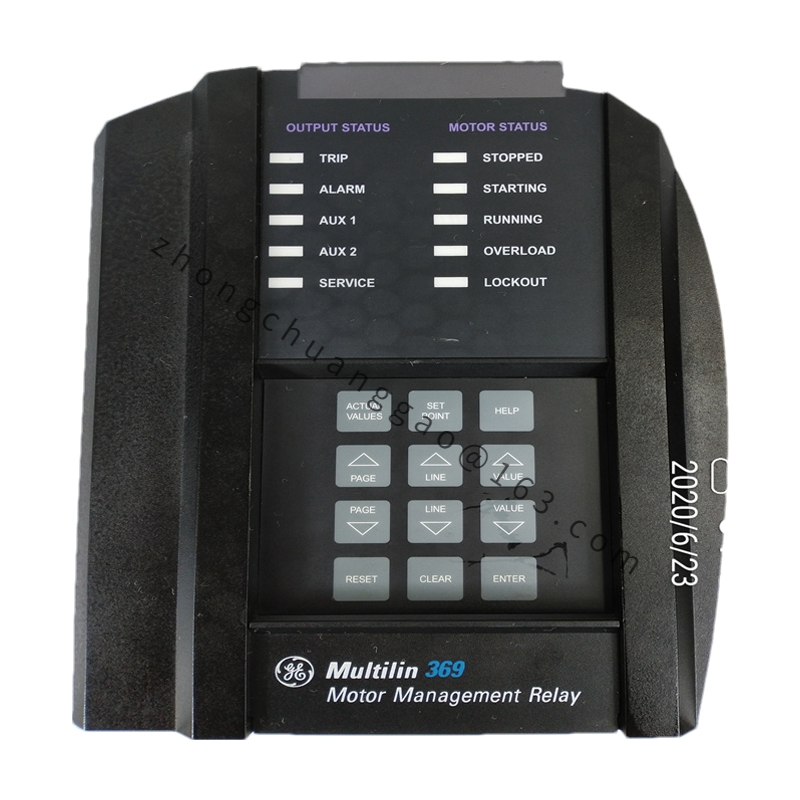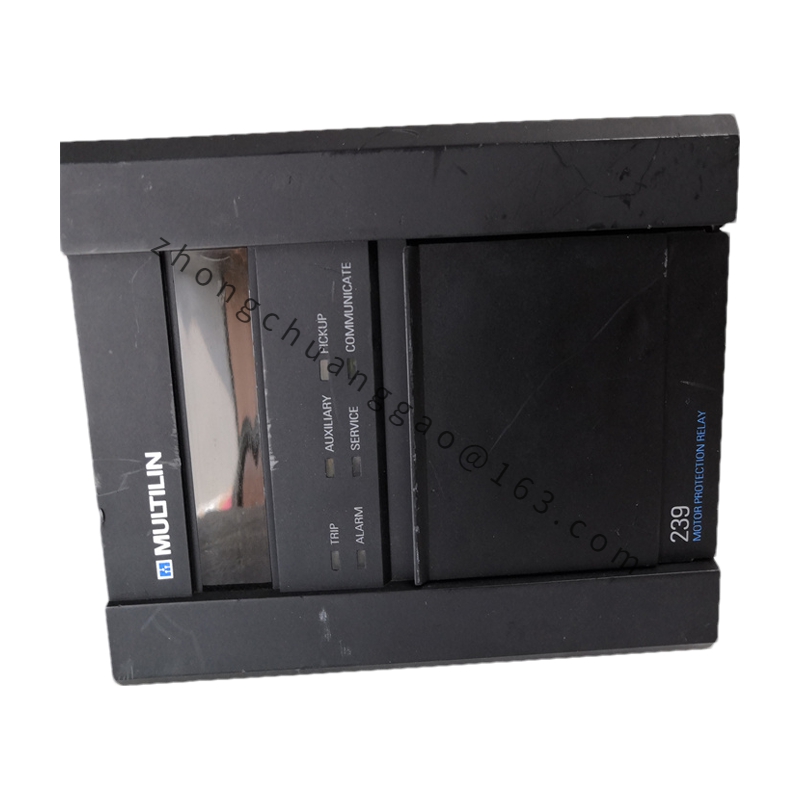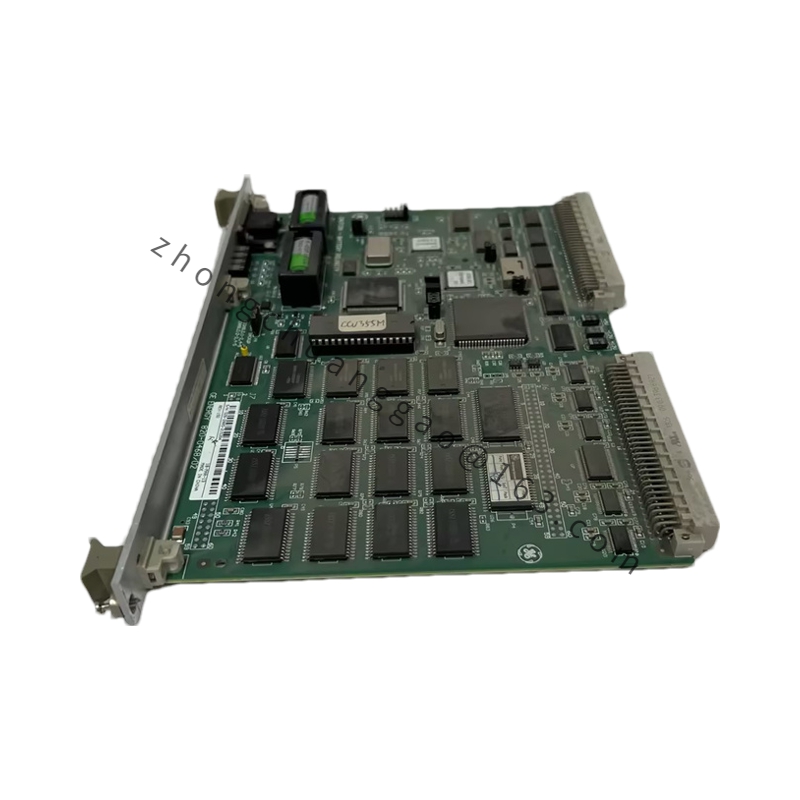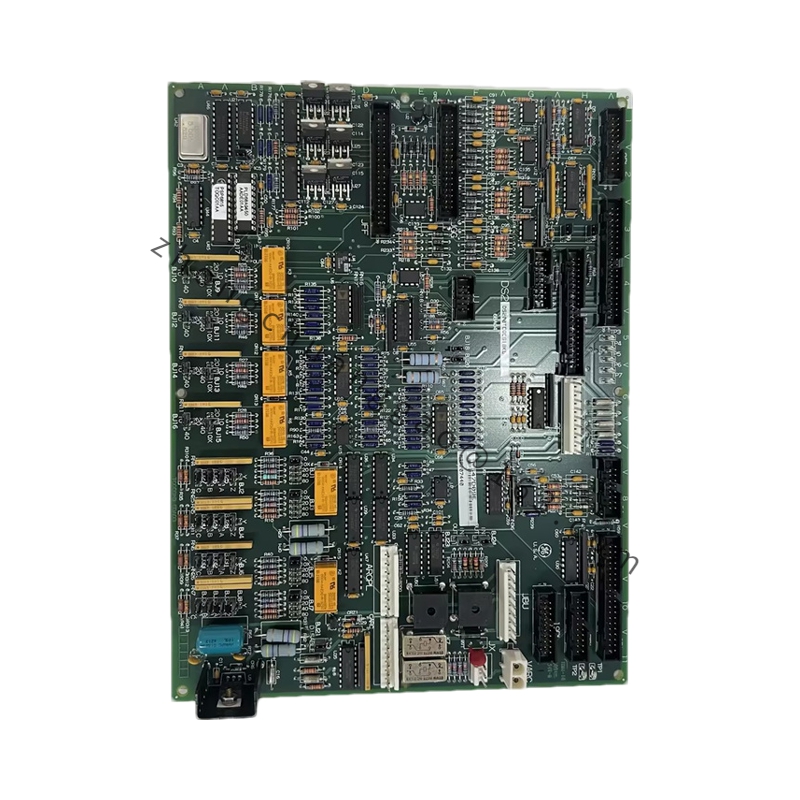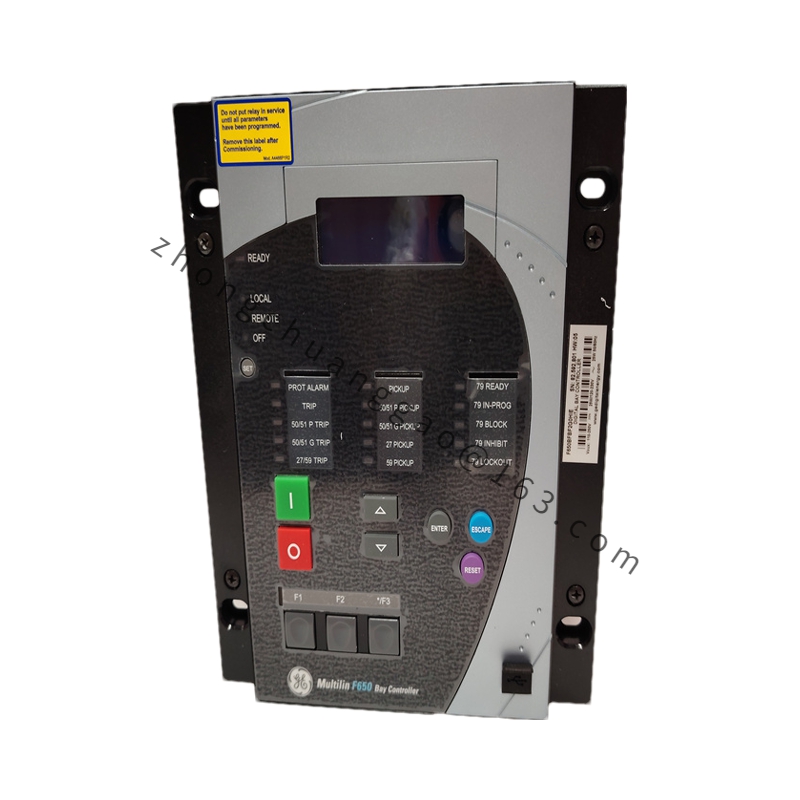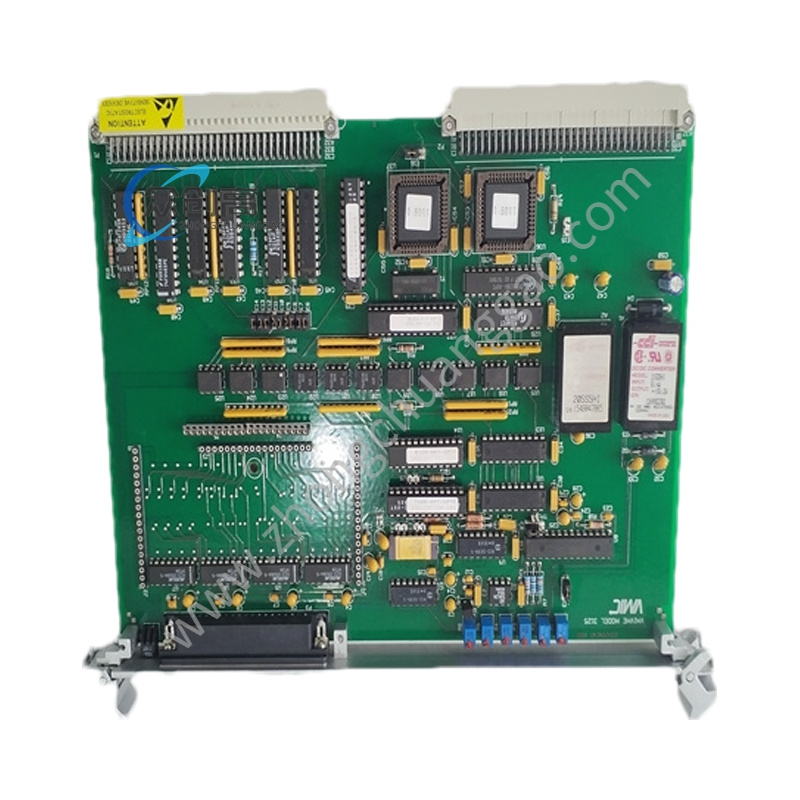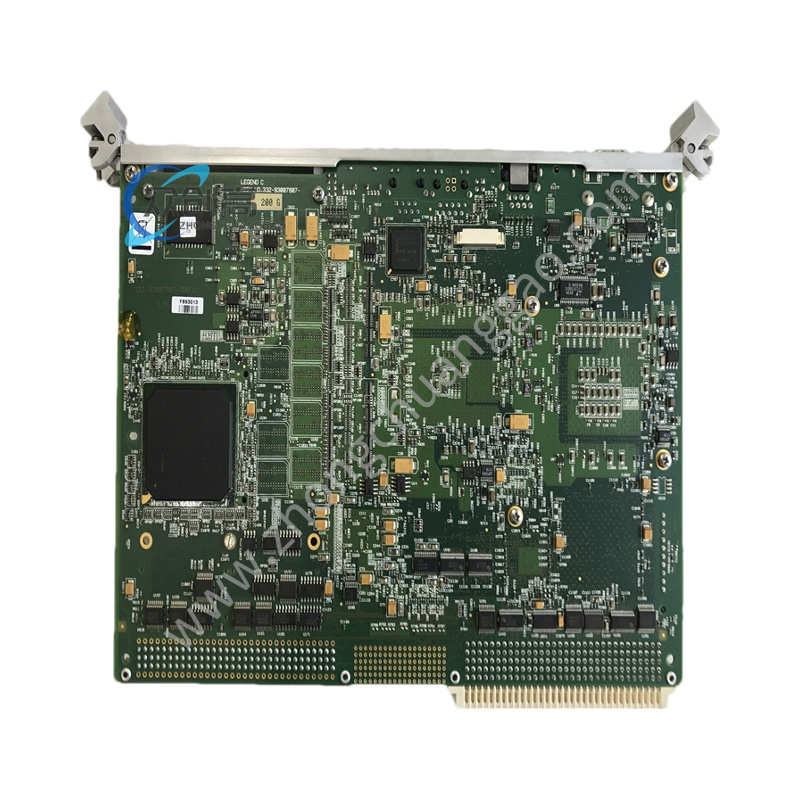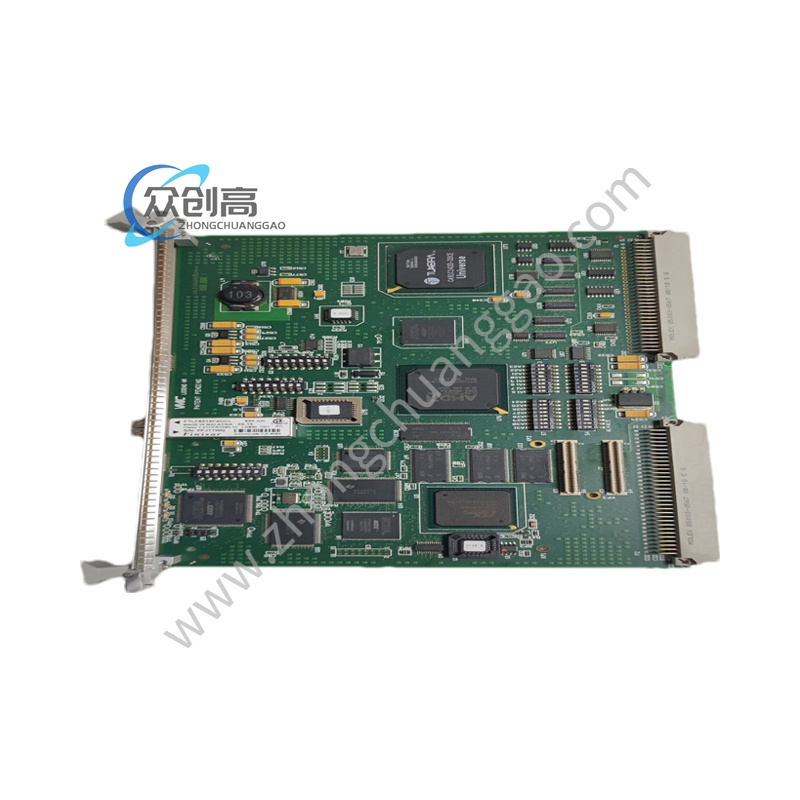GE VME7740-841 High-Performance VMEbus Single-Board Computer
VMEbus Single-Board Computer (SBC)
Technical Specifications
- Form Factor: 6U VMEbus (233 mm × 160 mm)
- Processor: PowerPC G4 (MPC7448) running at 1.0 GHz or higher variants
- Memory:
- Up to 1 GB of DDR SDRAM (ECC support available)
- Boot flash memory for firmware and system software
Detailed content
- Operating Systems Supported:
- VxWorks
- Linux (including real-time variants)
- LynxOS
- Integrity
- VMEbus Interface:
- Conforms to VME64x (ANSI/VITA 1-1994, R2002) standards
- 64-bit data path support
- Supports A32/D64, A24/D32, A16/D16 addressing
- Slave and master capabilities with DMA support
- P0/J0 and P1/J1 connectors fully populated
- I/O Interfaces:
- Two Gigabit Ethernet ports (1000BASE-T)
- Multiple RS-232/RS-422 serial ports
- USB 1.1 or 2.0 (depending on configuration)
- Two PMC sites (one on front, one on rear via P2) for expansion
- Graphics and Display:
- Optional graphics support via PMC module
- Video output for local console monitoring
- Timing and Synchronization:
- Onboard real-time clock (RTC)
- Support for VME system controller functions
- IEEE 1588 Precision Time Protocol (PTP) support in some configurations
- Environmental Specifications:
- Operating Temperature:
- Commercial: 0°C to +55°C
- Extended: -40°C to +85°C (conduction-cooled variants)
- Humidity: 5% to 95% non-condensing
- Shock and Vibration: Designed to meet MIL-STD-810 for rugged applications
- Operating Temperature:
- Cooling Options:
- Air-cooled (standard)
- Conduction-cooled (for military and aerospace use)
- Power Requirements:
- +5 VDC, +3.3 VDC, and ±12 VDC via VME backplane
- Typical power consumption: 15–25 W depending on load
- MTBF: Typically exceeds 100,000 hours under normal operating conditions
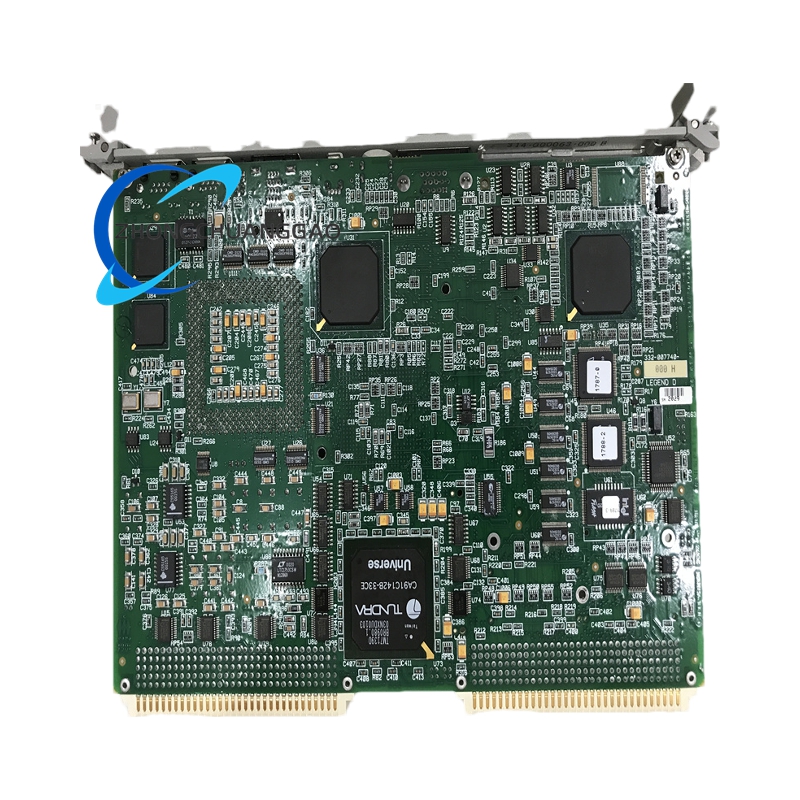
Functional Features
- High-Performance Processing: Leverages PowerPC G4 architecture with AltiVec technology for signal processing and computational tasks
- Rugged Design: Engineered for reliability in extreme temperatures, high vibration, and electromagnetic interference environments
- Modular Expandability: Utilizes PMC (PCI Mezzanine Card) sites for adding specialized I/O, communications, or graphics capabilities
- Real-Time Operation: Fully compatible with real-time operating systems for deterministic control and data processing
- Secure and Reliable Boot: Protected flash memory ensures firmware integrity and fast boot times
- VME System Controller Capability: Can act as the system controller (VMEcrate master) managing bus arbitration and timing
- Diagnostic Support: Comprehensive onboard diagnostics for system health monitoring and fault detection
- Long-Term Availability: Designed for extended lifecycle support in industrial and defense programs
Application Scenarios
- Military and Defense: Used in radar signal processing, electronic warfare systems, command and control units, and avionics platforms
- Aerospace: Integrated into flight test instrumentation, satellite ground stations, and onboard processing systems
- Industrial Automation: Applied in high-speed control systems, real-time simulation, and process monitoring
- Transportation: Deployed in locomotive control systems, rail signaling, and intelligent transportation infrastructure
- Energy and Power: Utilized in substation automation, turbine control, and grid monitoring systems
- Test and Measurement: Serves as the core processor in data acquisition systems, hardware-in-the-loop (HIL) simulators, and laboratory equipment
- Telecommunications: Found in base station controllers and network switching equipment requiring ruggedized computing

